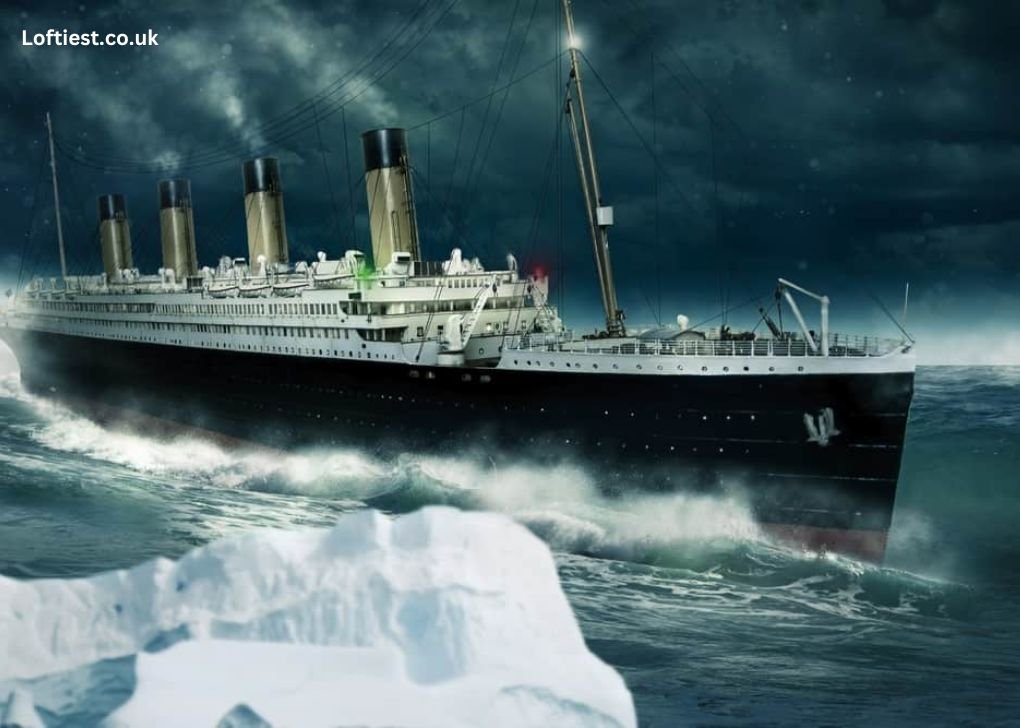The sinking of the Titanic on April 15, 1912, remains one of the deadliest maritime disasters in modern history. The luxury passenger liner was on its maiden voyage from Southampton to New York when it struck an iceberg and sank in the North Atlantic. Over 1,500 passengers and crew lost their lives as a result of the disaster.
One of the many questions that have been asked about the sinking of the Titanic is, “how cold was the water when the Titanic sank?” The North Atlantic can be a treacherous place, with water temperatures that can range from near freezing to above freezing, depending on the time of year and location.
The Temperature at the Time of Sinking
The water temperature at the time of the sanke of the Titanic was estimated to be around 28°F (-2°C). This is a typical temperature for the North Atlantic in the spring when the Titanic sank. This extremely cold temperature would have made it very difficult for passengers and crew who were thrown into the water to survive, as hypothermia would have set in quickly.
The Effects of Cold Water
The cold water of the North Atlantic can be extremely dangerous, especially in the spring when the water is at its coldest. When a person is exposed to water that is below 70°F (21°C), they can start to experience hypothermia. This occurs when the body loses heat faster than it can produce it, leading to a dangerous drop in body temperature.
Hypothermia can cause disorientation, muscle weakness, and even death if not treated promptly. In the case of the Titanic, many passengers and crew who were thrown into the water would have quickly become incapacitated due to the effects of hypothermia. The lifeboats that were available were also not designed to hold many people, and as a result, many people were left to struggle in the water for as long as they could.
Survival Rates in Cold Water
The survival rate of people who are thrown into cold water can be very low, especially if they are not wearing a lifejacket or other flotation device. The water temperature at the time of the Titanic sinking was so cold that survival rates would have been very low, even for those who were wearing flotation devices. It is estimated that only around 705 of the 2,224 passengers and crew who were on board the Titanic survived the sinking.
The Importance of Lifejackets
The use of lifejackets and other flotation devices can greatly increase the chances of survival for those who are thrown into cold water. Lifejackets work by keeping a person’s head and torso above the water, reducing the risk of hypothermia and drowning. In the case of the Titanic, however, many lifejackets were not readily available, and many people were forced to struggle in the water without any flotation devices.
Conclusion
The sank of the Titanic remains one of the deadliest maritime disasters in modern history. The water temperature at the time of the sinking was estimated to be around 28°F (-2°C), which was typical for the North Atlantic in the spring. The extremely cold-water temperature would have made it difficult for passengers and crew who were thrown into the water to survive, as hypothermia would have set in quickly. The use of lifejackets and other flotation devices can greatly increase the chances of survival for those who are thrown into cold water, but many people on board the sanke were not able to access these devices. The tragedy of the Titanic serves as a reminder of the dangers of the sea and the importance of taking the necessary precautions to stay safe.

